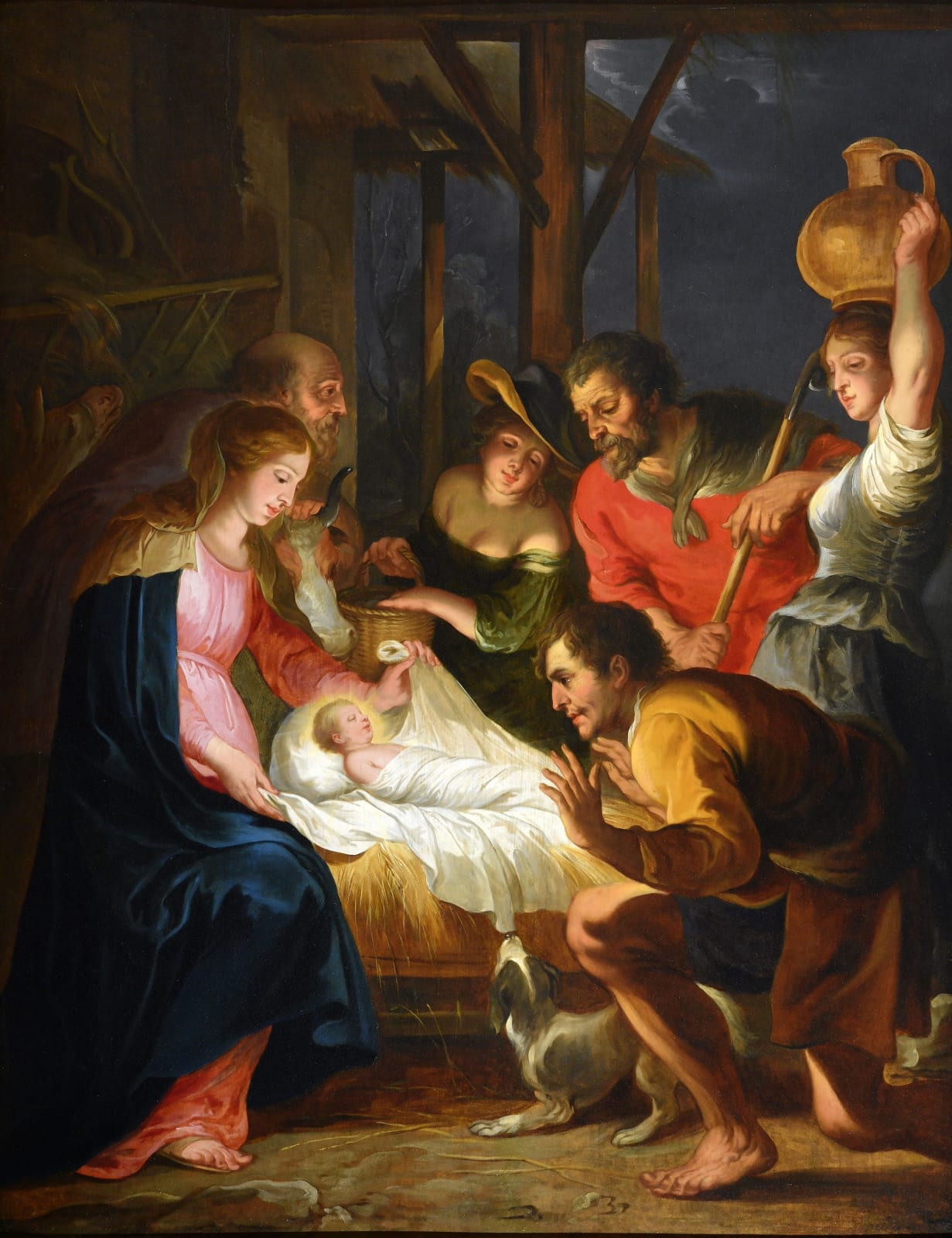Victor Wolfvoet (Antwerp 1612 - 1652)
Victor Wolfvoet was born in Antwerp in 1612. His father, also named Victor, was a painter and art dealer whose oeuvre consists of only a few known works. Victor (II) maybe studied with his father at an early age; it is more certain that he later on worked in the studio of Peter Paul Rubens, where he assisted in the production of works by the workshop and painted several compositions after of inspired by works by the great Antwerp master. Wolfvoet married in 1639 and only became a member of the guild of St Luke in 1644/45. According to some, this accounts for his rather limited known oeuvre. However, as recent research on the artist had begun to shed some more light on his life and work, is appears that many works that were once attributed to Wolfvoet’s contemporaries might be, in fact, attributed to him.
Like many of his fellow Antwerp artists, Wolfvoet also engaged in collaborative projects, working with several leading flower painters by painting the cartouches in their flower garlands. A good example of such a work can be seen in a fine work currently in a private collection in Antwerp, where a scene with a Virgin and Child painted by Wolfvoet is surrounded by a very sumptuous flower garland by Jan van Kessel, who also signed the work.
Besides as an artist, Wolfvoet, like his father, was also active as an art dealer. An inventory of his estate after his death lists over seven hundred works, including twenty oil sketches by Rubens (amongst which were several designs for the ceilings in the Antwerp Jesuit church). Interestingly, the inventory also mentions several copies after Rubens’ sketches, some of which must have been in Wolfvoet’s own hand (such as the ones now in the Mauritshuis, The Hague).
The composition of the present Adoration of the Shepherds is based on a drawing executed by Rubens around 1613 (present whereabouts unknown), which was engraved by Theodoor Galle in 1614. It is very well possible that the work was made to order for a client who wanted a painted version of this composition, known to the public only in print. Quickly painted in loose brushstrokes, often using wet-in-wet, the present work may be considered a very fine addition to the oeuvre of Victor Wolfvoet.
Provenance
Private collection, France.
- X
- Tumblr



